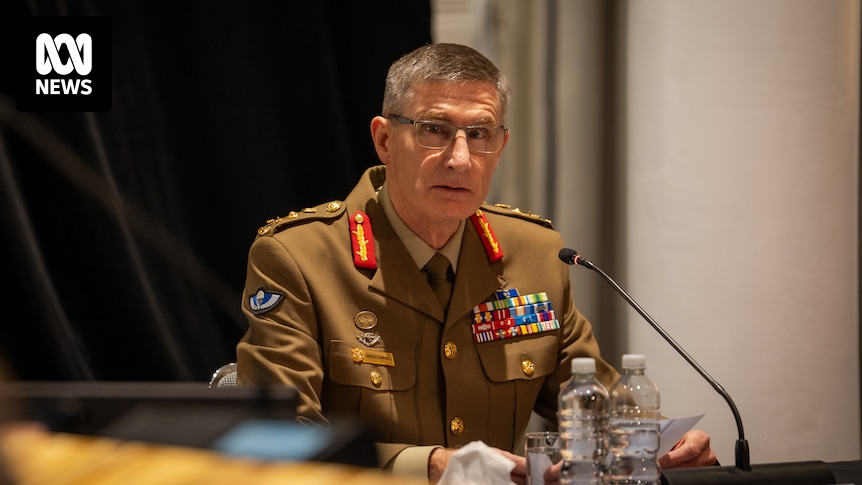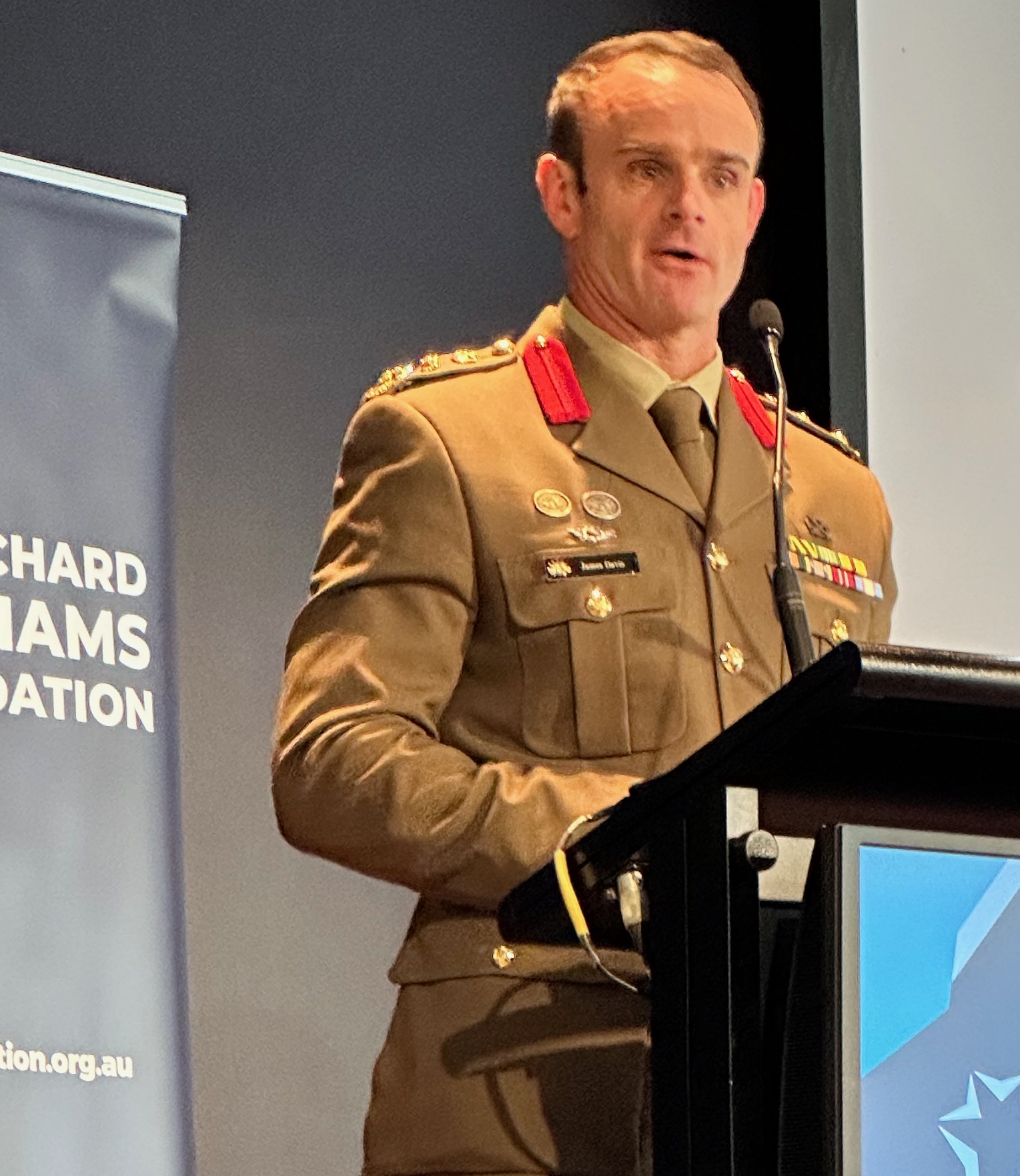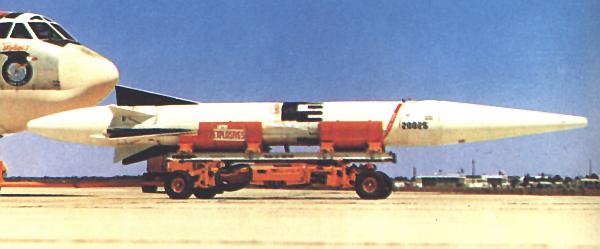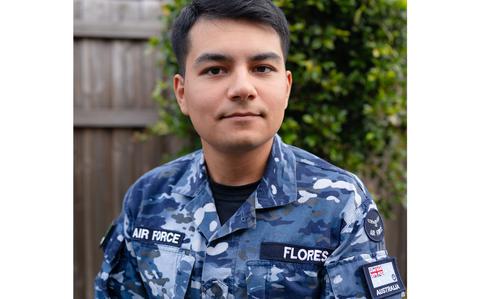The Navy Role
... when focusing on the maritime domain, one is inherently focused on multi-domain strike. The maritime warfighting domain is shaped by strike whether coming from land, surface, subsurface or air domains, as well the cyber and space domains.
“To attain long range strike capabilities allows us to move from a strategy of defense to a strategy of deterrence through denial which signifies a national shift that aims to hold an adversary at risk a greater range raising a question in the adversary’s mind about whether they want to attempt to act against us.
....“So what does the maritime force bring to the fight?
....“A maritime force is able to be agile, mobile expeditionary scalable, sustainable, versatile, networked, and lethal. Maritime force provides critical advantages through their ability to use the oceans to maneuver and hide in the case of submarines, and the airspace and the space above that domain. Maritime force combines distributed fleet operations, and mobile expeditionary forces with sea control and sea denial capabilities.
Maritime force controls or denies the seas by destroying an adversary’s fleet or their associated air support. And in in the modern battle space even extends into space. It can contain it in areas that prevents meaningful operations prohibited from leaving port by controlling sea lines of communication. Maritime forces capable of controlling critical choke points enable joint forces to impose military and economic costs on the adversary.”
....The future of our strike capability needs to include the use of uncrewed systems. Navy is working with industry in exploring solutions through the autonomous warrior series of experimental exercises. And such systems will have
the ability to strike deep against an adversary by deploying mines (edit - XLUUVs?) and other guided weapons by using sovereign Australian capabilities.”
In line with independent analysis’ recommendations, Navy’s future surface combatant fleet will comprise:
- 26 major surface combatants consisting of:
- Three Hobart class air warfare destroyers with upgraded air defence and strike capabilities
- Six Hunter class frigates to boost Navy’s undersea warfare and strike capabilities
- 11 new general purpose frigates that will provide maritime and land strike, air defence and escort capabilities
- Six new Large Optionally Crewed Surface Vessels (LOSVs) that will significantly increase Navy’s long-range strike capacity
- 25 minor war vessels to contribute to civil maritime security operations, which includes six Offshore Patrol Vessels (OPVs).

 www.abc.net.au
www.abc.net.au








